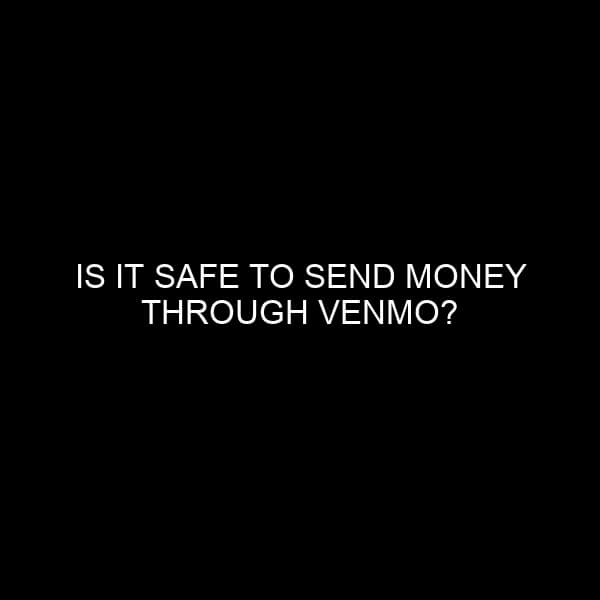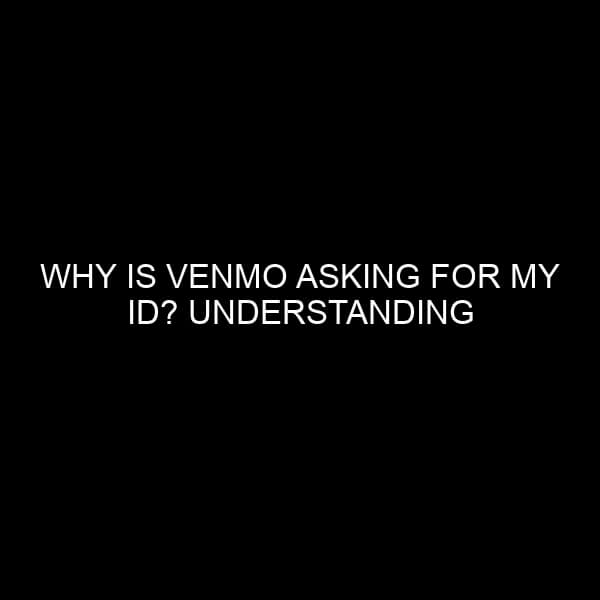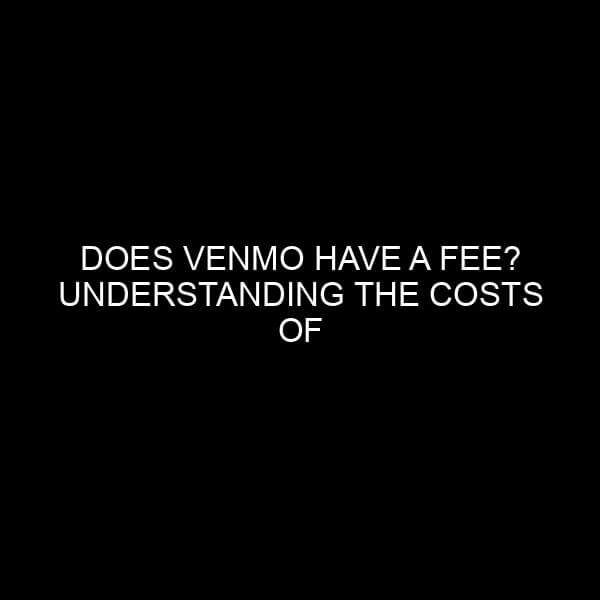Is it Safe to Send Money through Venmo?
In the ever-evolving digital age, mobile payment apps such as Venmo have become a central part of how we manage our financial transactions. With just a few taps on a smartphone, you can send or receive money almost instantly. But as with all digital platforms, a primary concern for many users is security. Is it safe to send money through Venmo? Based on my extensive experience in the financial market and banking industry, I’m here to offer an in-depth examination of this question.
Understanding Venmo: A Brief Overview
Venmo, owned by the payment giant, PayPal, is a mobile payment service that allows users to send money to friends, family, or even businesses using just their phone. Launched in 2009, it’s one of the pioneers of the peer-to-peer (P2P) payment industry. By linking a user’s bank account, debit card, or credit card, transactions are processed efficiently and quickly.
Venmo’s Security Features
To assess whether it’s safe to send money through Venmo, let’s first explore the security features the platform offers:
- Data Encryption: Venmo uses encryption protocols to protect the data of its users. This ensures that all personal and financial information is coded in a way that’s extremely difficult for malicious actors to decipher.
- Account Authentication: Multi-factor authentication is an available feature for Venmo users. This requires a secondary verification step before accessing your account, which significantly reduces the likelihood of unauthorized access.
- Purchase Protection: Although primarily designed for peer-to-peer transactions, Venmo does provide some degree of purchase protection. This is particularly true for transactions made with authorized merchants.
- Session Sign-Outs: If you happen to lose your device, you can sign out of Venmo from any other device, ensuring that nobody can access your account without your credentials.
Potential Risks When Using Venmo
While Venmo provides a robust suite of security features, it’s also essential to be aware of potential risks:
- Public Transaction Histories: By default, Venmo transactions are public, meaning anyone can see who you sent money to or received money from, though not the amount. While this might seem innocuous, this data can be used maliciously if not managed correctly.
- Phishing Scams: There are instances where scammers send emails or messages pretending to be Venmo in an attempt to steal personal information. Always be wary of unsolicited communication asking for sensitive details.
- Non-Business Transactions: Venmo’s user agreement specifies that it’s primarily for transactions between friends and people who trust each other. If used for purchasing goods or services, especially from unknown parties, there’s a risk of not receiving what you paid for.
Best Practices for Ensuring Safety on Venmo
For those who decide to use Venmo, there are several best practices to ensure maximum safety:
- Use a Strong Password: Always ensure that your password is unique and robust, using a combination of characters, numbers, and symbols.
- Activate Multi-Factor Authentication: This is a secondary layer of security that can make a massive difference in protecting your account.
- Limit Transaction Visibility: Adjust your privacy settings to make your transactions visible only to you or your friends, rather than the public.
- Regularly Monitor Account Activity: Regularly check your transaction history to ensure all activities are recognized.
- Know Your Contacts: Limit transactions to friends, family, or individuals you trust.
Conclusion: Weighing the Pros and Cons
The security infrastructure of Venmo is solid and aligns with many best practices seen across the banking industry. However, like all digital platforms, it’s not devoid of risks. The key to safe use lies in understanding its features, being aware of potential vulnerabilities, and always practicing caution. If used judiciously, Venmo can be a safe and convenient tool for peer-to-peer transactions.






